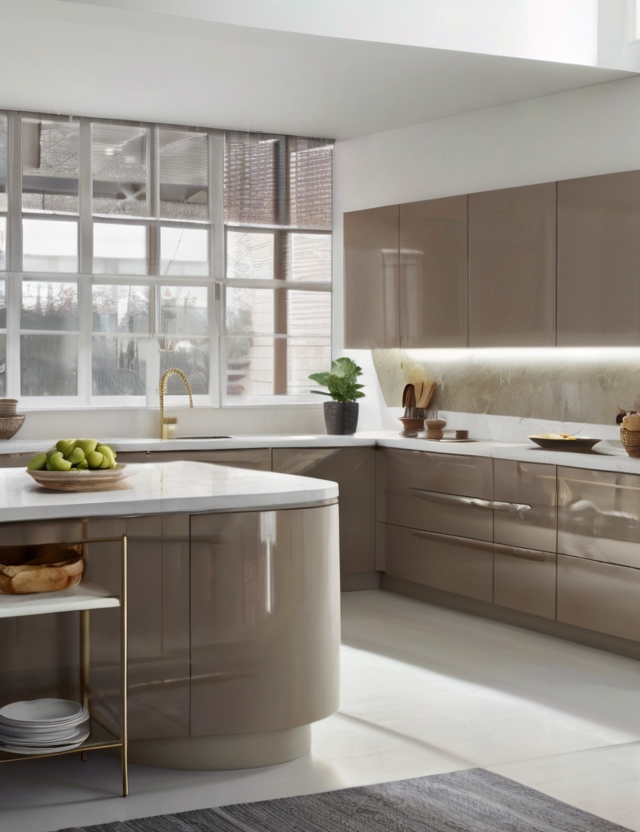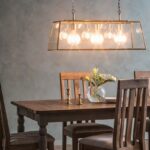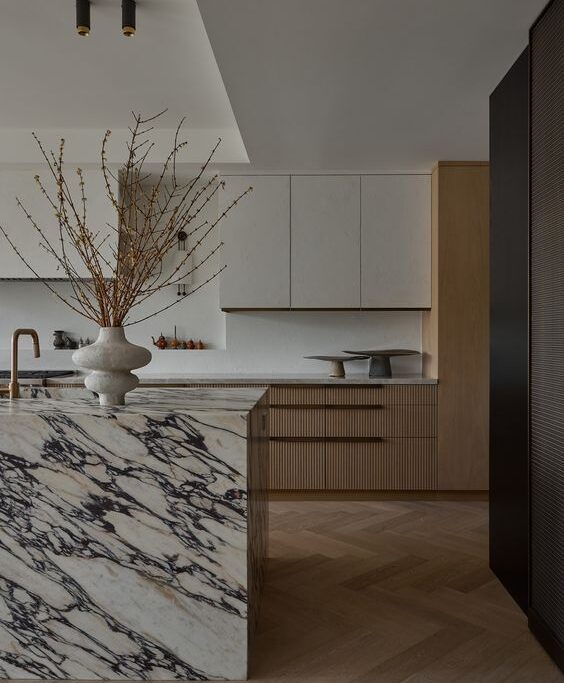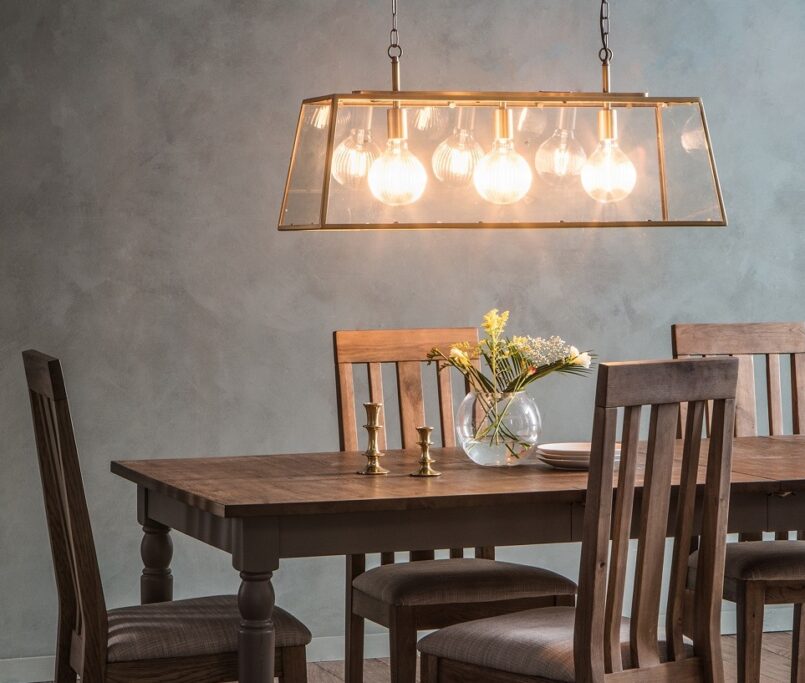Revamping Your Home: A Guide to Kitchen Interior Design
The kitchen, often referred to as the heart of the home, is a space where functionality meets aesthetic appeal. It’s where culinary delights are crafted, conversations flow, and memories are made. With the evolution of interior design, the kitchen has become more than just a cooking area—it’s now a focal point of modern living spaces. Whether you’re a passionate home cook or simply enjoy gathering with loved ones, designing a kitchen that reflects your style and enhances functionality is essential. Here’s a comprehensive guide to transforming your kitchen into a stunning and practical space through thoughtful interior design.
1. Define Your Style: Before diving into the design process, it’s crucial to identify your preferred style. Are you drawn to the sleek lines of contemporary design, the warmth of traditional aesthetics, or the eclectic charm of bohemian interiors? Understanding your style preferences will serve as a foundation for selecting materials, colors, and furnishings that align with your vision.
2. Optimize Space: Regardless of the kitchen’s size, maximizing space utilization is key. Clever storage solutions, such as pull-out cabinets, vertical shelves, and drawer organizers, can help keep clutter at bay and make the most of every inch. Consider utilizing underutilized areas, such as corners and above-cabinet spaces, for additional storage or decorative purposes.
3. Lighting Matters: Adequate lighting is essential for both functionality and ambiance in the kitchen. Incorporate a combination of task lighting, ambient lighting, and accent lighting to create a well-lit environment. Pendant lights above the island or dining area can add a touch of elegance, while under-cabinet lighting enhances visibility for meal preparation. Natural light is also invaluable, so if possible, maximize windows or consider adding skylights to illuminate the space.
4. Select Quality Materials: When it comes to kitchen design, durability and aesthetics go hand in hand. Opt for high-quality materials that can withstand the rigors of daily use while elevating the visual appeal of the space. From countertops and backsplashes to flooring and cabinetry, choose materials that not only complement your style but also offer longevity and ease of maintenance.
5. Focus on Functionality: A well-designed kitchen seamlessly integrates form and function. Pay attention to the kitchen’s layout to ensure optimal workflow. The classic work triangle—formed by the stove, sink, and refrigerator—remains a guiding principle in kitchen design, ensuring efficiency in meal preparation. Additionally, consider incorporating multi-functional elements such as kitchen islands with built-in sinks or seating areas, which serve as both workstations and gathering spots.
6. Add Personal Touches: Infuse your personality into the kitchen by incorporating personal touches and decorative accents. Display cherished cookbooks on open shelving, adorn the walls with artwork or family photos, or incorporate greenery with potted herbs or succulents. These small details not only add character to the space but also make it feel more inviting and lived-in.
7. Harmonize Colors and Textures: A harmonious color palette and cohesive textures can tie the kitchen’s design elements together and create a sense of unity. Whether you prefer a monochromatic scheme for a minimalist look or bold pops of color for a vibrant ambiance, ensure that the colors complement each other and reflect your desired atmosphere. Introduce visual interest with textured finishes, such as matte surfaces, natural stone, or textured tiles, which add depth and dimension to the space.
8. Embrace Technology: Incorporating smart technology into your kitchen can enhance convenience and efficiency. From energy-efficient appliances to smart faucets and automated lighting systems, there’s a range of innovative solutions available to streamline daily tasks and elevate the kitchen experience. Embrace these technological advancements to create a kitchen that’s not only beautiful but also cutting-edge.
In conclusion, designing a kitchen that strikes the perfect balance between style and functionality requires careful planning and attention to detail. By defining your style, optimizing space, prioritizing lighting and materials, focusing on functionality, adding personal touches, harmonizing colors and textures, and embracing technology, you can create a kitchen that not only meets your practical needs but also reflects your unique taste and enhances the overall aesthetic of your home. With thoughtful interior design, your kitchen can truly become the heart and soul of your living space.







